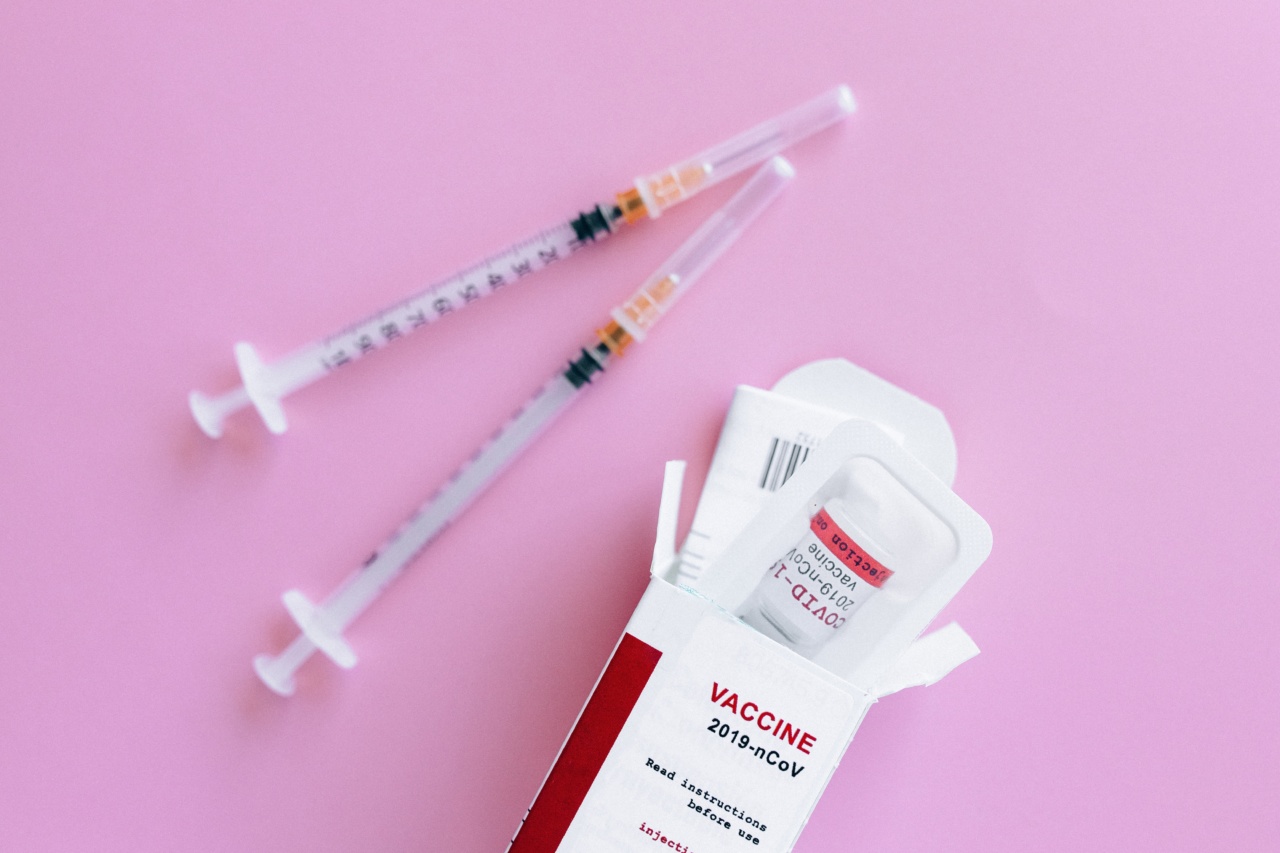Artificial intelligence (AI) has rapidly transformed the healthcare industry, enabling breakthroughs in diagnosis, treatment, and disease management.
One particularly exciting development is the emergence of artificial neurons, which have the potential to revolutionize chronic disease management. These artificial neurons mimic the behavior of real neurons, offering new possibilities for personalized and precise treatments.
In this article, we will explore the applications of artificial neurons in chronic disease management and their potential impact on patient outcomes.
The Rise of Artificial Neurons
Artificial neurons, also known as neuromorphic chips, are electronic devices that replicate the functionality of biological neurons.
These tiny, self-contained units are designed to process and transmit electrical signals, just like their biological counterparts. While the concept of artificial neurons has been around for decades, recent advances in AI and nanotechnology have propelled their development to new heights.
With their ability to mimic the behavior of real neurons, artificial neurons offer several advantages over traditional computing systems. They excel at processing complex, real-time data, making them highly suitable for applications in healthcare.
Artificial neurons can analyze vast amounts of patient data, recognize patterns, and generate meaningful insights, enabling healthcare providers to make faster and more accurate diagnoses. This speed and accuracy are particularly valuable in chronic disease management.
Precision Medicine: Personalized Treatments
One of the main challenges in chronic disease management is the variability in patient responses to treatments. What works for one individual might not be effective for another. This is where artificial neurons can make a significant difference.
By leveraging AI algorithms, artificial neurons can analyze a patient’s genetic makeup, medical history, lifestyle factors, and other relevant data to develop personalized treatment plans.
Through continuous monitoring and analysis, artificial neurons can adapt treatments in real-time based on an individual’s response.
This precision medicine approach has the potential to improve treatment outcomes and reduce the risk of adverse effects. For example, in chronic conditions like diabetes, artificial neurons can closely monitor glucose levels and administer precise doses of insulin, optimizing glycemic control and reducing the risk of hypo- or hyperglycemia.
Real-Time Disease Monitoring
Another key application of artificial neurons in chronic disease management is real-time monitoring.
These smart devices can monitor vital signs, biomarkers, and other physiological parameters throughout the day, offering valuable insights into disease progression and treatment effectiveness. By continuously collecting data, artificial neurons can detect subtle changes that may indicate worsening symptoms or the need for treatment adjustments.
For instance, in patients with heart disease, artificial neurons can monitor heart rate, blood pressure, and oxygen saturation levels. Any deviations from the normal range can trigger alerts, enabling timely interventions to prevent complications.
Similarly, in individuals with asthma, artificial neurons can monitor lung function and identify early signs of exacerbations, helping patients take proactive measures to avoid severe attacks.
Enhanced Disease Diagnostics
The diagnostic capabilities of artificial neurons are also remarkable. These devices can analyze complex medical imaging data, such as CT scans or MRI images, with superior speed and accuracy.
By detecting subtle abnormalities that may go unnoticed by human observers, artificial neurons can aid in early disease detection and intervention, potentially saving lives.
In the context of chronic diseases, early diagnosis is crucial for effective management. Conditions like cancer or neurological disorders often have better outcomes when detected at early stages.
Artificial neurons can analyze medical images to identify minute changes indicative of disease progression, enabling timely interventions and improving overall prognosis.
Improved Patient Engagement and Self-Care
Artificial neurons are not limited to healthcare providers; they also have great potential in empowering patients to manage their chronic conditions effectively.
With the help of wearable devices equipped with artificial neurons, patients can actively participate in their own care.
These smart devices can provide real-time feedback and personalized recommendations to guide patients in making informed decisions.
For instance, in diabetes management, wearable devices with artificial neurons can monitor blood glucose levels and provide timely reminders about medication doses, meal planning, or physical activity. This support can boost patient engagement, enhance self-care, and ultimately lead to improved treatment outcomes.
Challenges and Ethical Considerations
Despite their tremendous potential, artificial neurons also raise several challenges and ethical considerations. First and foremost is the issue of data privacy and security.
Artificial neurons rely on continuous data collection and analysis, raising concerns about how this sensitive information will be handled, stored, and protected from unauthorized access.
Another challenge is the integration of artificial neurons into existing healthcare systems. The implementation of these devices requires a robust infrastructure, interoperability with electronic health records, and compliance with regulatory standards.
Additionally, there is a need for specialized training and education to ensure healthcare professionals can effectively utilize the capabilities of artificial neurons.
Ethical considerations also come into play, particularly regarding patient autonomy and consent.
As artificial neurons become more integrated into healthcare, patients must have a transparent understanding of how their data will be used and must provide informed consent for its collection and utilization.
The Future of Chronic Disease Management
The advent of artificial neurons marks an exciting milestone in chronic disease management.
These intelligent devices have the potential to transform the way we diagnose, treat, and monitor chronic conditions, leading to improved patient outcomes and better quality of life.
As research and development continue, artificial neurons will become increasingly sophisticated, enabling even more precise and personalized treatments.
With the integration of AI algorithms and the Internet of Things (IoT), artificial neurons may form an interconnected network of smart devices, creating a seamless and holistic approach to chronic disease management.
While challenges and ethical considerations must be addressed, the future looks promising for artificial neurons in chronic disease management.
By leveraging the power of AI, these devices have the potential to break new ground in personalized medicine, improving the lives of millions of individuals living with chronic conditions.





























